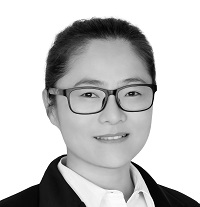Chinese Supreme Court Recently Clarified the Standard of Filing a Declaratory Judgment Action of Non-Infringement of Patent
Declaratory-judgment actions of non-infringement are common in patent litigation because it allows the alleged infringer to proactively bring suit to resolve the situation and eliminate the cloud of uncertainty looming overhead. Under Chinese law, to bring a claim for declaratory judgment in a patent dispute, the claimant must establish that: (1) the patentee sends a…

